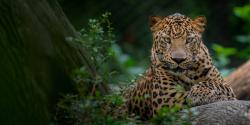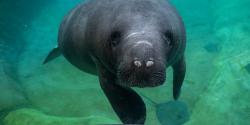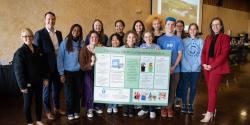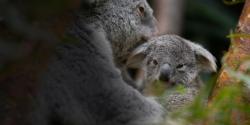Recently, two dedicated members of the Columbus Zoo team embarked on an impactful journey to the Climate Alliance Summit in Churchill, Manitoba, Canada. Hosted by Polar Bears International (PBI) and the National Network for Ocean and Climate Change Interpretation (NNOCCI), the Climate Alliance program unites staff from organizations committed to enhancing animal well-being, reducing CO2 emissions, and effectively communicating about climate change and solutions in their communities.
The summit, a culmination of a series of enlightening online learning experiences, provided a deep dive into polar bear natural history, the Arctic ecosystem, climate science, and effective communication strategies. As participants, our Zoo team members gained invaluable insights into fostering positive change in their roles at the Columbus Zoo.
Churchill, renowned as 'the polar bear capital of the world,' served as the perfect backdrop for this transformative experience. Our team's participation was made possible by the generous support of Frontiers North Adventures and the American Association of Zoo Keepers, opening doors to a unique opportunity to connect with like-minded individuals, share knowledge, and contribute to the global effort to address climate challenges.
Meet Erin Bauer, zookeeper for the North America Trek and Polar Expedition regions, and Danielle Ross, Vice President of Conservation Education and Engagement! We sat down with them to hear about their experience at the Climate Alliance Summit and how they’re further inspired to promote animal conservation and climate action within our community.
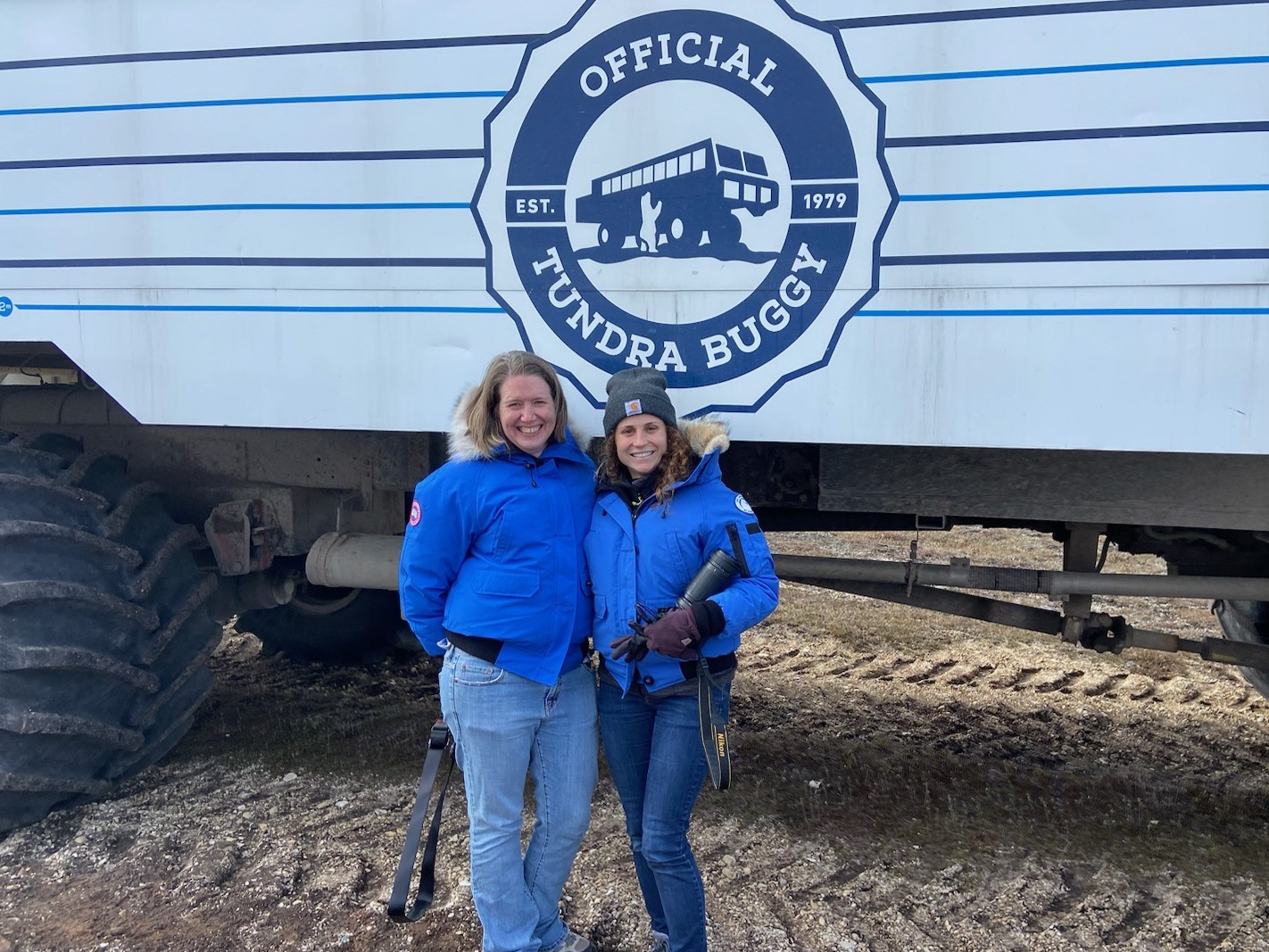
What led to you being selected for this opportunity? What did you do to prepare, and what did you hope you would learn?
Erin: I was selected for this opportunity through the American Association of Zoo Keepers and nominated by our local chapter because of a fundraiser I helped facilitate for Polar Bear International.
Danielle: Every year, the Climate Alliance Program hosts a different cohort of zoo professionals. This year, the focus was on educators. I applied to the program and was fortunate enough to be accepted.
What did you do each day while there?
Erin and Danielle: We flew into Winnipeg and visited the Assiniboine Zoo before traveling to Churchill. Once in Churchill, we spent two days learning about and developing an appreciation for the Arctic ecosystem. This time was spent on the Tundra Buggy Lodge. Every morning, we would wake up early for breakfast and then have a learning session. After class time, we boarded the tundra buggy and headed out to view wildlife.
After we left the lodge, we spent two days at the Northern Studies Science Center, learning more about Churchill, the indigenous people and their lands, and diving deeper into our NNOCCI coursework. One of the most educational stops was the Polar Bear Holding Facility. Being the polar bear capital of the world, there are a lot of polar bears that wander through town. And, of course, human and bear safety is paramount. When a bear is spotted in town, wildlife officers deploy various tactics to deter the bear from human areas. However, as a last resort, the bear will be brought to the holding facility. Bears are held for 30 days until they are ready to head out on the forming ice.
In addition to learning about climate science, we also learned about the indigenous people who live in the area. We focused on three major groups: the Inuit, Dene, and Metis. These people are close to the land and its wildlife, and it was quite inspirational to learn directly from them. In fact, on our last day, we went dog sledding. The company owner, Dave Daley, is a Metis man known for dog sledding races. The dogs were beyond excited to start running!

What did you learn or experience that you hadn’t before?
Erin and Danielle: The Arctic is an incredibly diverse ecosystem. Often, when people think of that region, they imagine acres of snow-covered land. While it was chilly when we were there in October, the temperatures had not yet reached freezing, and the ice hadn’t formed yet, so the landscape was covered with interesting plants and lichens.
We were fortunate to see a female polar bear resting on the Hudson Bay shore. We also saw foxes, caribou, and many species of birds. As a bonus, the Northern Lights put on an amazing show for us on two nights! We were in awe as we watched them move across the sky.
Experiencing the Arctic ecosystem was amazing, as was the opportunity to learn about indigenous people and lands. Through this opportunity, we developed a greater appreciation for the Hudson Bay area, its wildlife, and its people.
What is a takeaway that you will be applying to your role at the Columbus Zoo?
Erin and Danielle: An important aspect of our jobs is communicating about climate change. We left the Climate Summit inspired to not only teach about how individuals can act for polar bears, but we also left with a desire to find ways to inspire people to take action to reduce our carbon footprint at the community level. The Arctic is an amazing ecosystem, and we feel even more inspired to care for it.
Do you have advice for other keepers and educators, or for those wanting to work in this profession?
Erin and Danielle: Start getting experience early! For both educator and keeper positions, we look for candidates with a combination of college learning and hands-on experience.
The Columbus Zoo and Aquarium and The Wilds have many opportunities to help teens get involved. Check out these programs:
ZooAide (Teen Volunteers) Zoo School Teen Eco Summit
Wildecamp at The Wilds OWLS (Teen Volunteers at The Wilds)
Every action matters.
As we shift away from using fossil fuels toward renewable resources and reduce our carbon footprint, we make a difference for people, polar bears, and many other animals.
“This was a once-in-a-lifetime opportunity to see wild polar bears!” the team said. “We were inspired by the experience. We will be able to share these stories with visitors, and hopefully inspire others with our passion. We would also like to thank Frontiers North Adventures, who made this program possible.”



